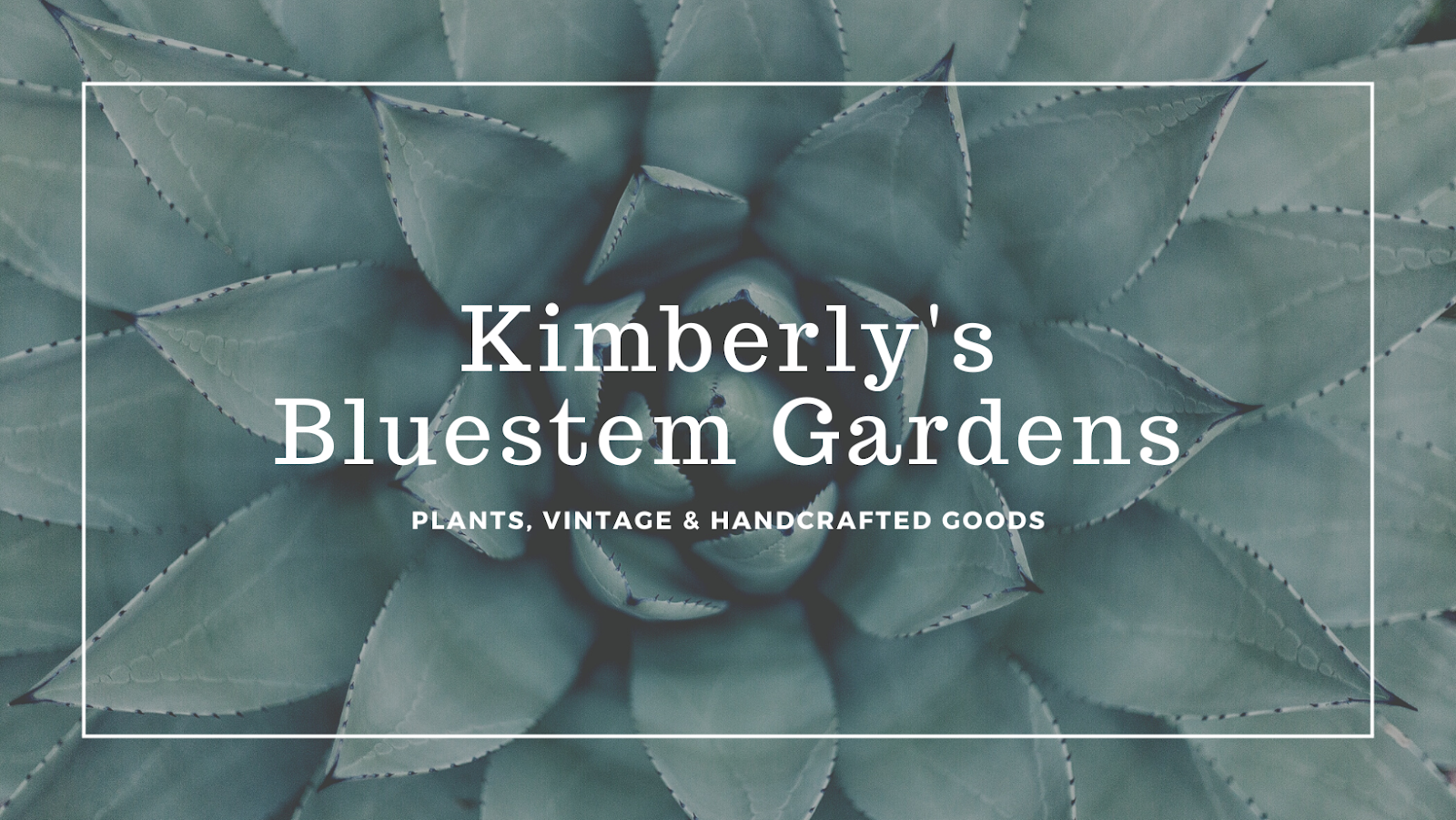Around the Gardens, if I can drill a drainage hole in the
bottom and put soil in it, it can become a planter. "It" can be anything from cowboy
boots to jello molds. I love letting the
creative juices flow to make interesting planters for succulents, houseplants
and flowers. Containers for vegetable and
herb plants, however, have additional requirements.
When it comes to
plants for human consumption, I'm picky about the container. I want containers that do not leach harmful chemicals
or toxins into the potting soil. Based
upon my research and experience, I use the following for vegetable and herb
plants:
- Unglazed teracotta made with natural materials, not synthetic materials such as polymer;
- Plastic containers made with high-density polyethylene (HDPE - 2);
- Plastic containers made with polypropylene (PP - 5); and
- Root pouches made with recycled polyethylene terephthalate and cotton fibers.
Unglazed Teracotta
Unglazed terracotta, hands down, is the best container for
growing almost any type of plant. It's
porous, allowing excess moisture to seep out and air to enter the root zone,
minimizing soil disease and root rot. Unglazed
terracotta does not leech chemicals or toxins as it's made with natural
materials, and has been used for thousands of years to store food and water
safely. Unglazed terracotta may be
cleaned and disinfected to be reused over and over again. I would use unglazed terracotta for
everything but large terracotta pots are too heavy for me to maneuver. The large pots used at the Gardens are made
of lighter-weight materials.
High-density Polyethylene (HDPE - 2)
For large pots I prefer containers made of HDPE. HDPE holds up under exposure to sunlight and
the extremes of heating or freezing. HDPE
is used to make picnic tables, plastic lumber and many of the plastic flower
pots found in stores. These containers may
be used for several years before they begin to degrade.
NOTE: To determine the type of plastic, look for
the triangle with a number in the center of the triangle. It is typically stamped on the bottom of the
planter.
Polypropylene (PP - 5)
My second choice for large pots is a five-gallon bucket made
with PP. PP is not as durable as HDPE,
however, it has excellent heat-resistance qualities. These containers may be used for a couple of
years before they begin to degrade.
Root Pouches
My third choice for large pots is a root pouch made of a
fiber blend. Recycled polyethylene
terephthalate is melted down and spun into fibers mixed with cotton fibers to
make the material for the pouches. These
pouches are safe to use for three to five years before they begin to degrade.
If you have any questions or comments, please feel free to
share and thank you for visiting.

This article provided me with a wealth of information aboutbuild vegetable planter box. The article is both educational and helpful. Thank you for providing this information. Keep up the good work.
ReplyDelete